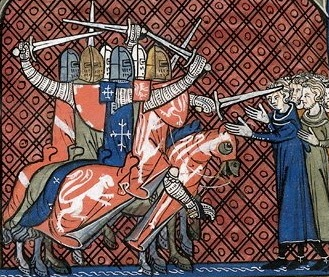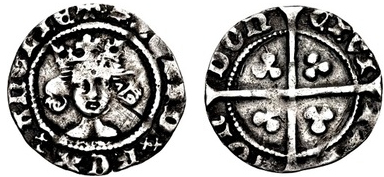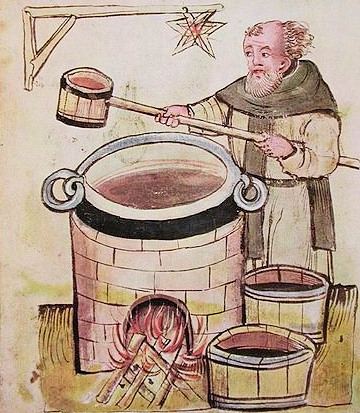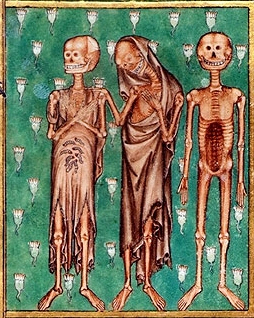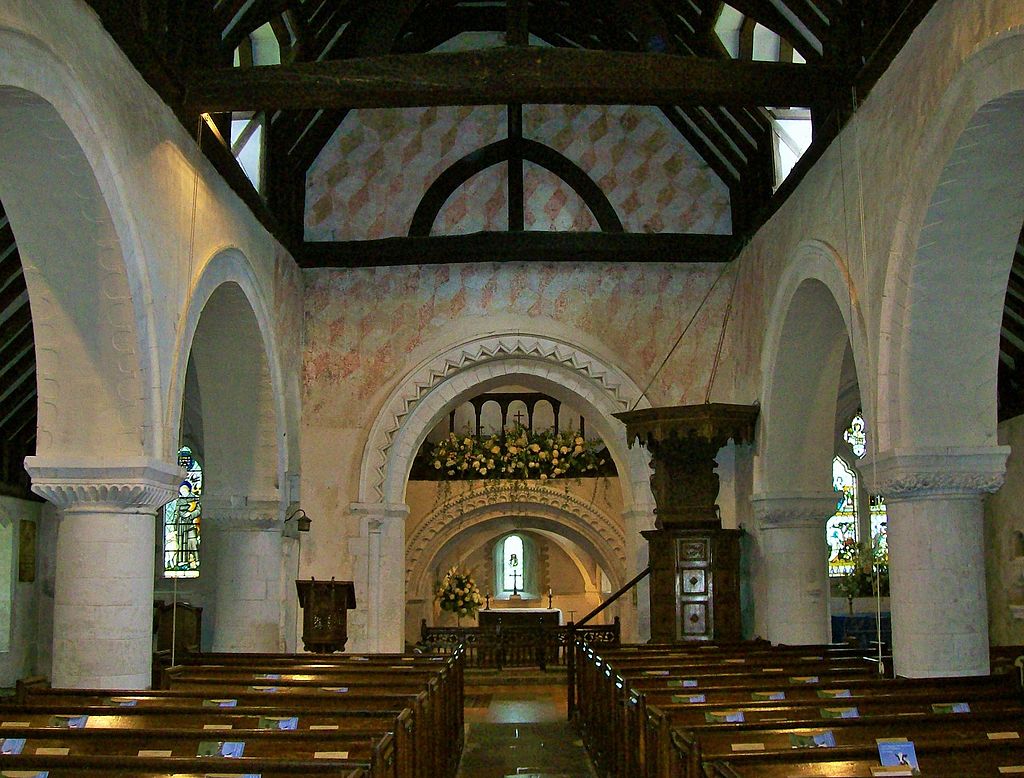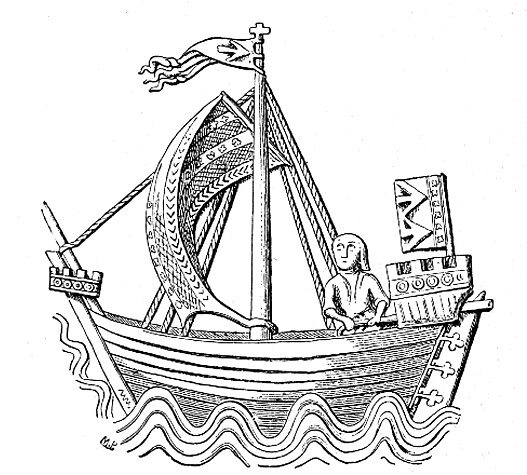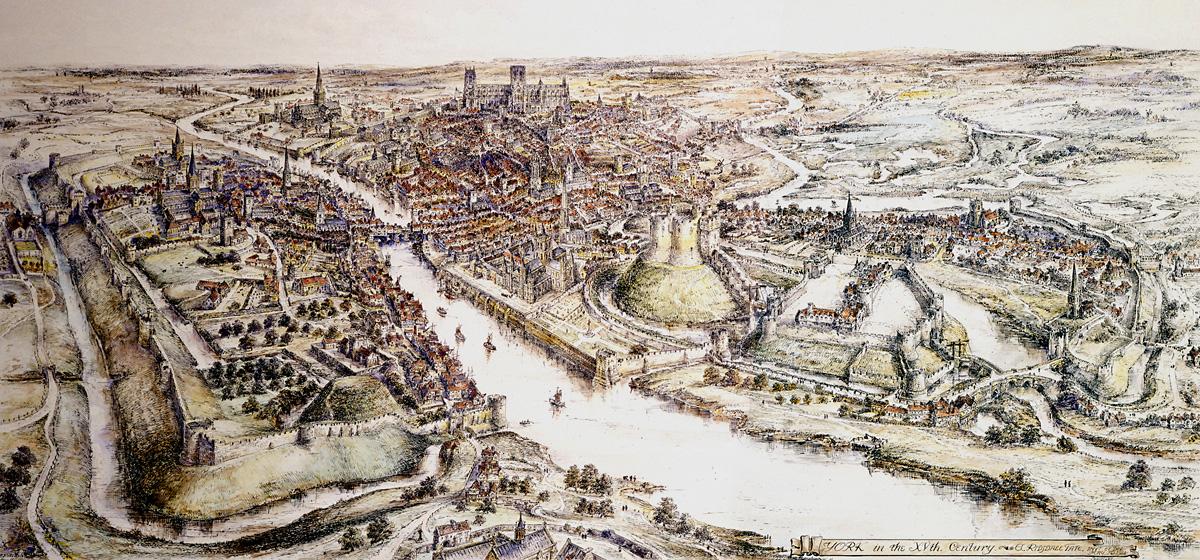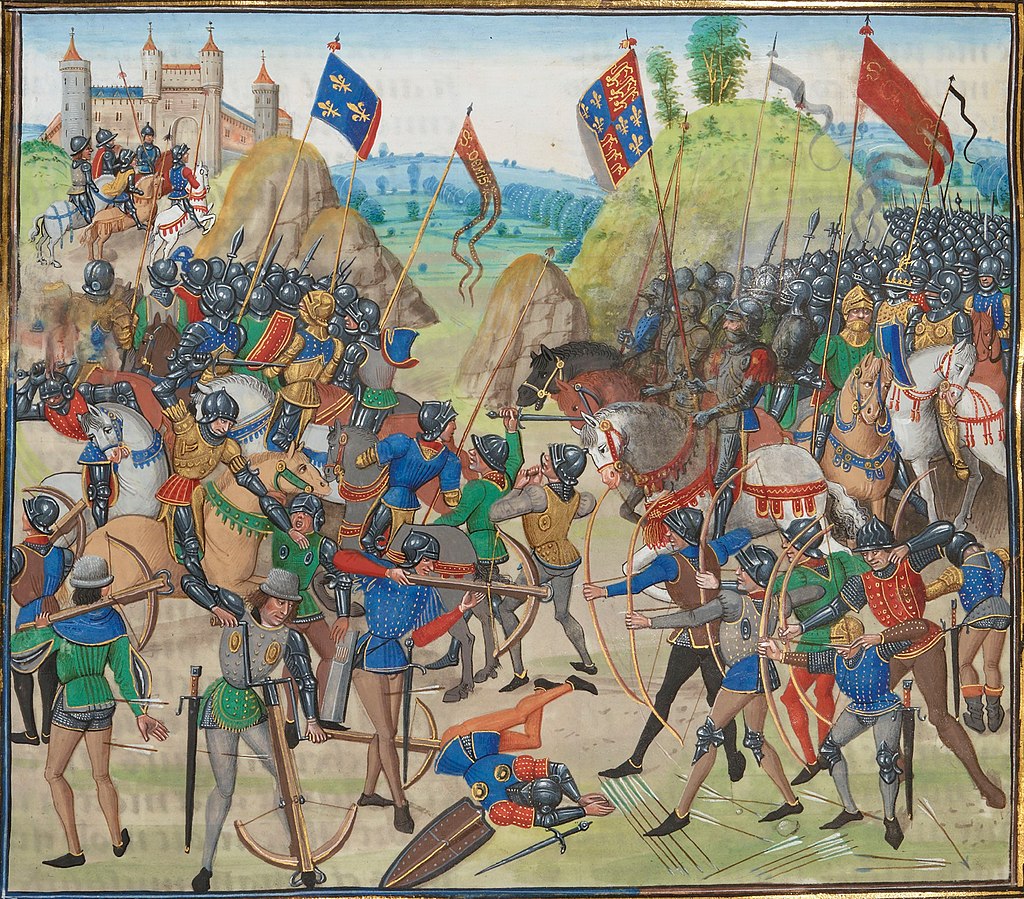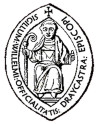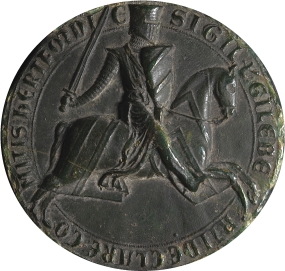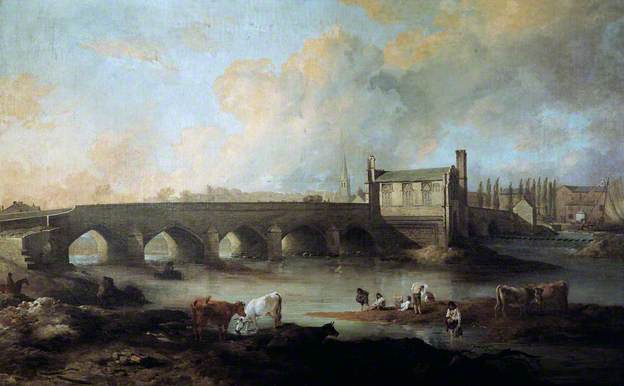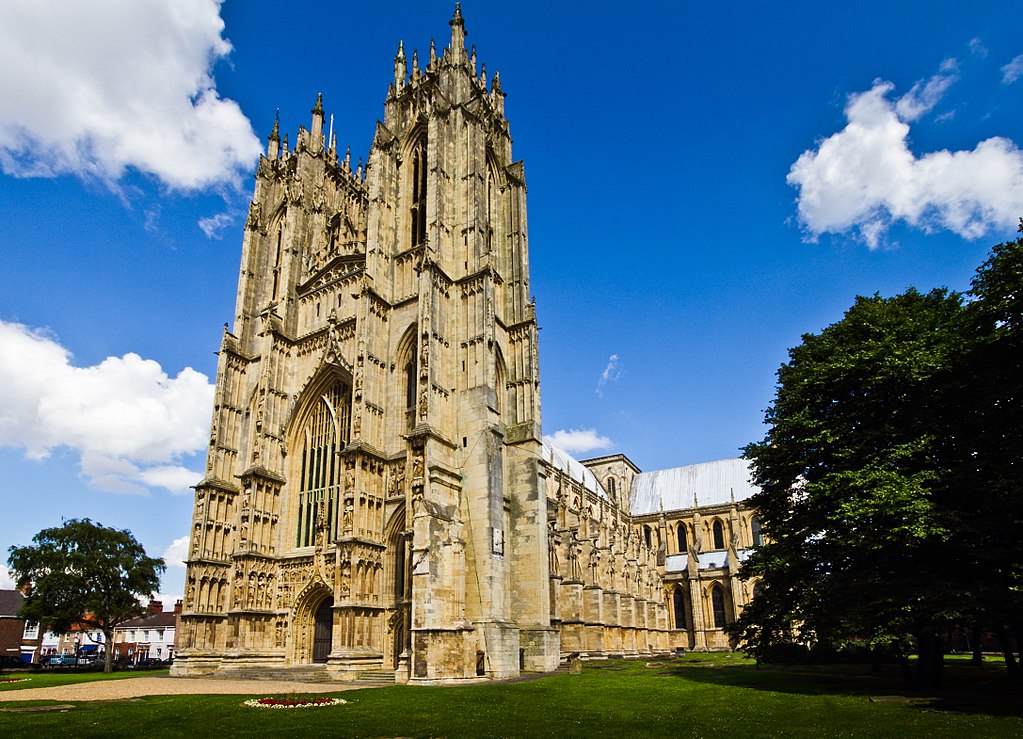It’s Finally Here: Death of The Wakeman – Book 4 of the Draychester Chronicles Released!
Its been a long wait (almost 3 years) but book 4 “Death of the Wakeman” in my Draychester Chronicles series has been released and is now available in eBook, Paperback and Hardback from Amazon.
Autumn mists cloak the northern town of Ditton in late 14th century England, where local legend speaks of a beast that haunts the lonely countryside paths after dark…The town’s Wakeman and a local woman are foud dead, their bodies savagely torn in a backstreet slaughter. The frightened townsfolk of Ditton are quick to blame the Shuck—a monstrous black hound of legend with eyes that glow like hellfire.
Bishop Gifford’s trusted officials, Bernard, Will, and Osbert, are dispatched north to investigate the brutal killings. In a town where fact and folklore intertwine and everyone has something to hide, they must untangle truth from superstition. Are these deaths truly the work of a legendary beast made flesh, or is someone using an ancient tale to conceal murder?
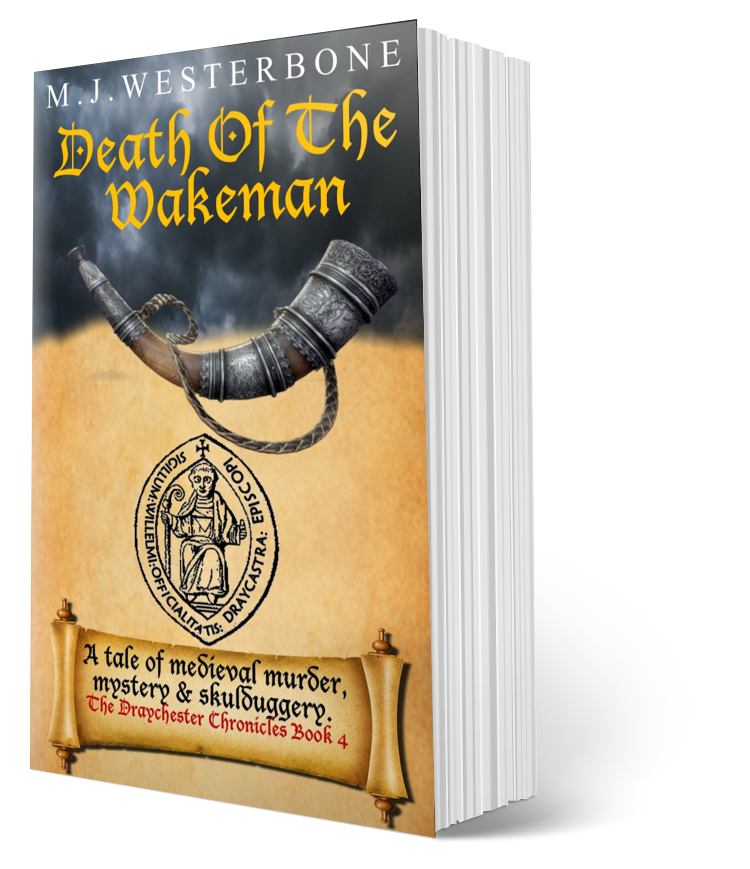
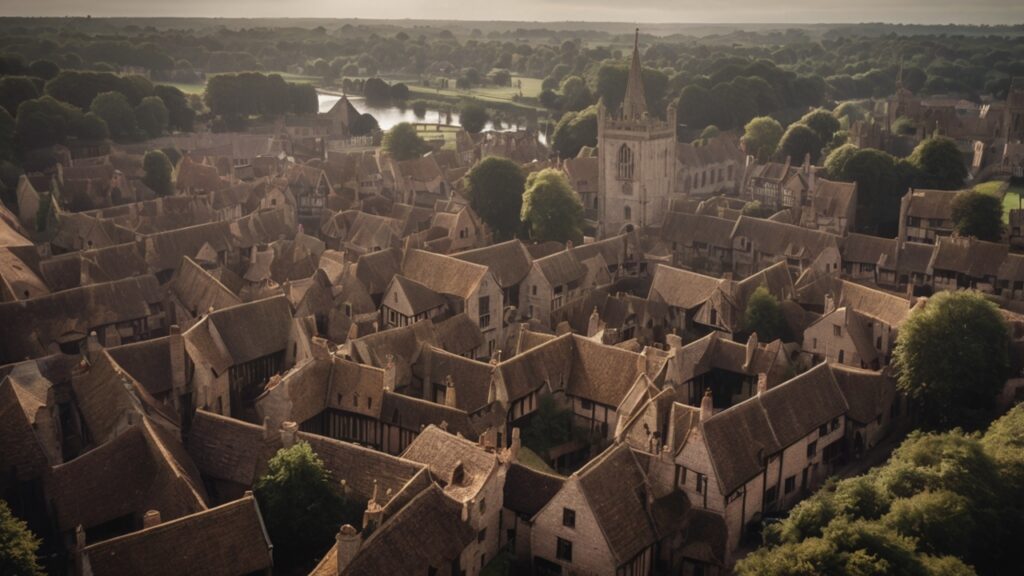
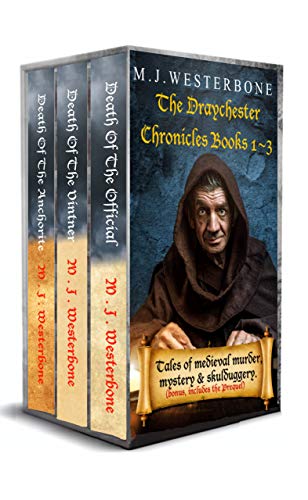
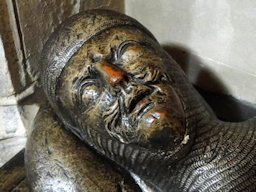
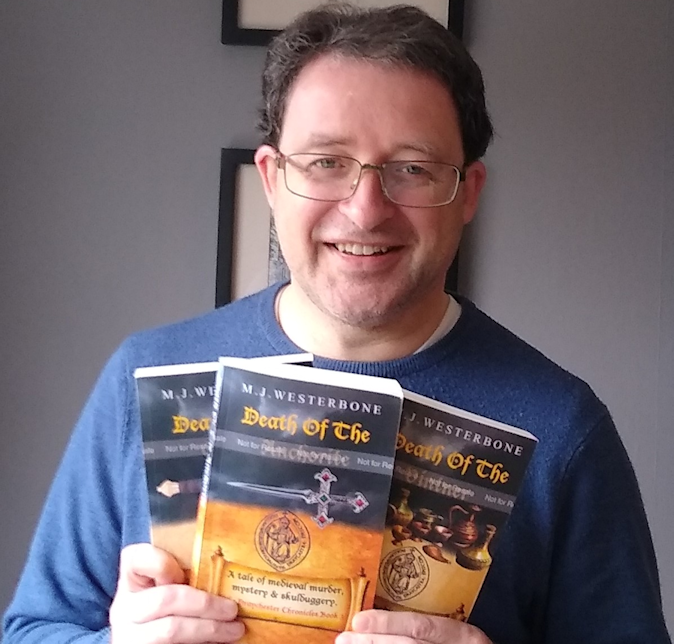
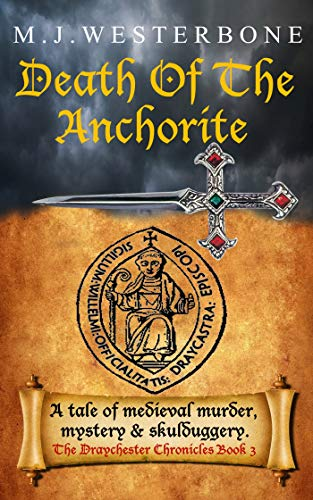
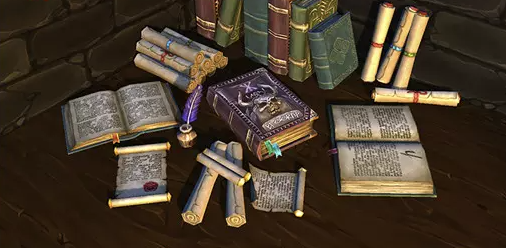
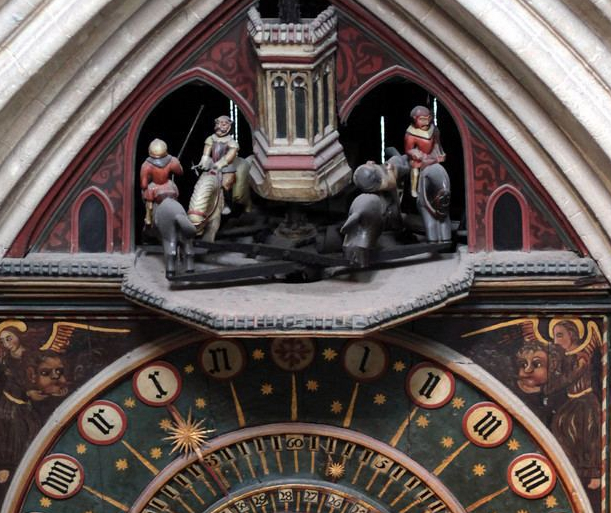
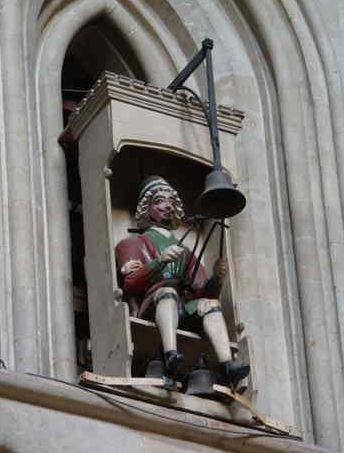
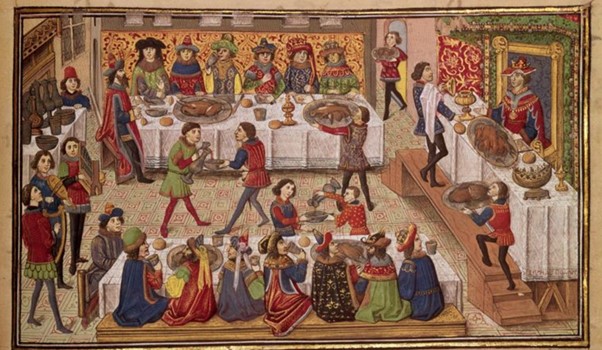
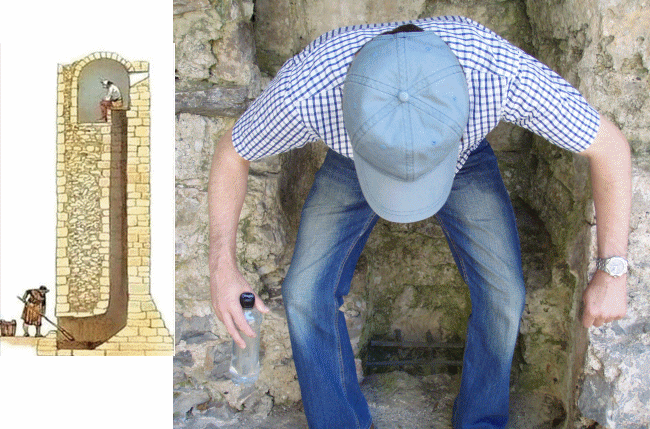
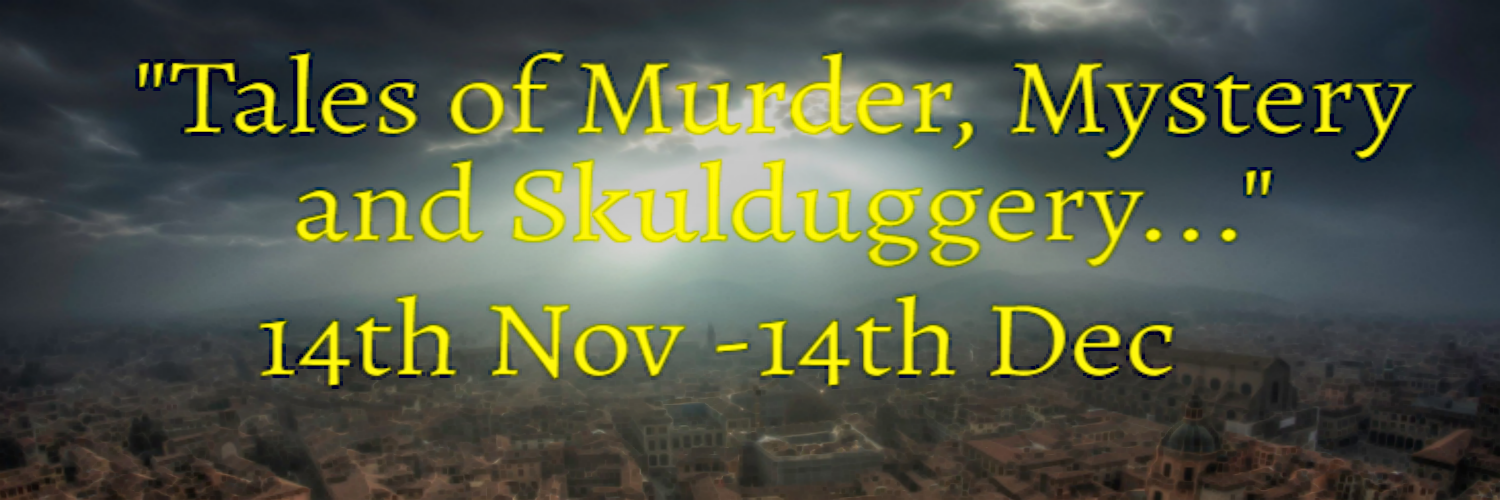
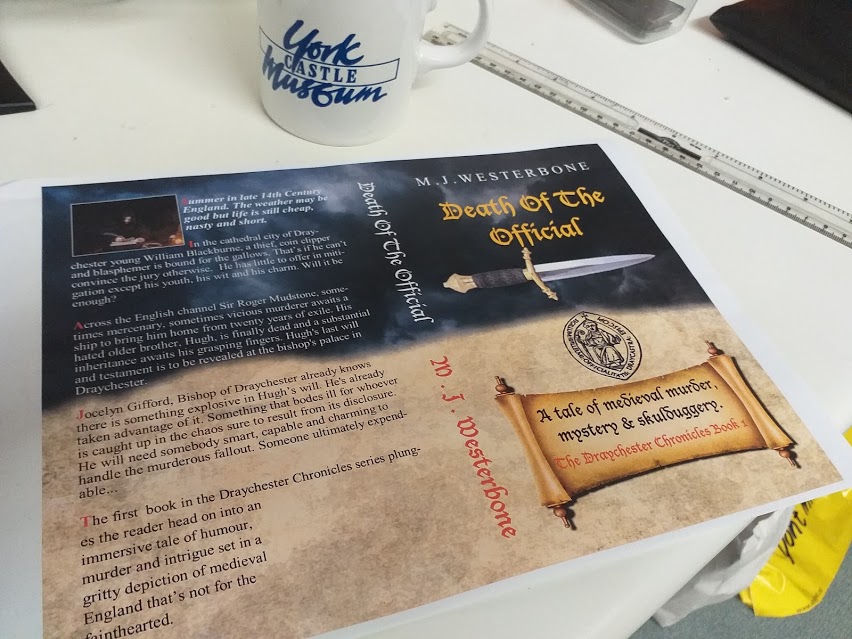
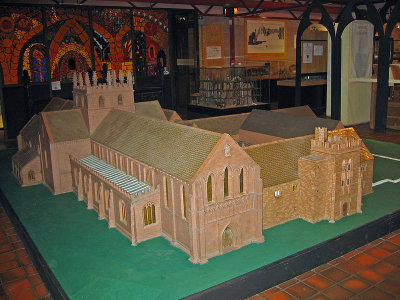
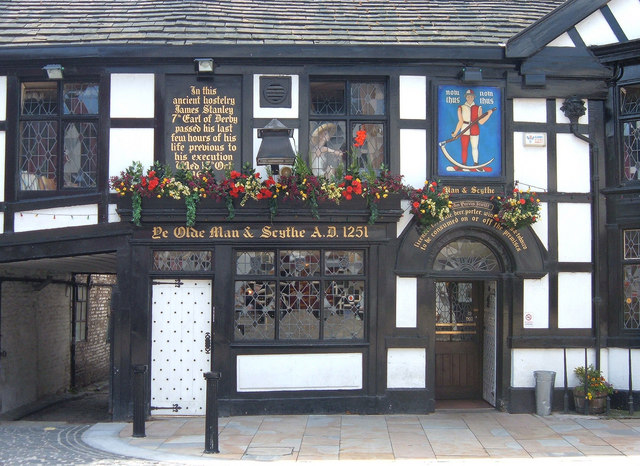

 I first came across Paul Doherty’s books via his Hugh Corbett series, set during the 13th-century reign of Edward I of England. There are now twenty-one books in the series as of 2020’s “Hymn to Murder”. I have loved this series since the first book was published back in the late 1980s. Doherty has written something like 100+ published works under a variety of pen names alongside his real name. The sheer volume and quality of his literary output is quite amazing. The other series of his I’m familiar with is the “Sorrowful Mysteries of Brother Athelstan”, set during the 14th-century reign of Richard II of England. Again a great read. The series will be on book twenty as of December 2020. I highly recommend both series, Doherty is an absolute master of the historical mystery genre.
I first came across Paul Doherty’s books via his Hugh Corbett series, set during the 13th-century reign of Edward I of England. There are now twenty-one books in the series as of 2020’s “Hymn to Murder”. I have loved this series since the first book was published back in the late 1980s. Doherty has written something like 100+ published works under a variety of pen names alongside his real name. The sheer volume and quality of his literary output is quite amazing. The other series of his I’m familiar with is the “Sorrowful Mysteries of Brother Athelstan”, set during the 14th-century reign of Richard II of England. Again a great read. The series will be on book twenty as of December 2020. I highly recommend both series, Doherty is an absolute master of the historical mystery genre.